Optimal Seasons for Fire Restoration
Fire restorations are most effectively performed during periods of stable weather, typically in late spring and early fall. These times allow for optimal environmental conditions, reducing the risk of weather-related delays and ensuring thorough restoration processes. Undertaking fire restoration during these seasons can help minimize disruptions and improve safety.
Late spring and early fall offer moderate temperatures and low humidity, ideal for fire damage repairs and cleaning.
Dry and stable weather conditions reduce the risk of additional damage and facilitate quicker restoration work.
Planning restorations during these periods can help avoid peak summer or winter delays, ensuring timely completion.
Avoiding extreme heat or cold minimizes the risk of material warping and other complications.

Initial evaluation to determine extent of damage and restoration needs.
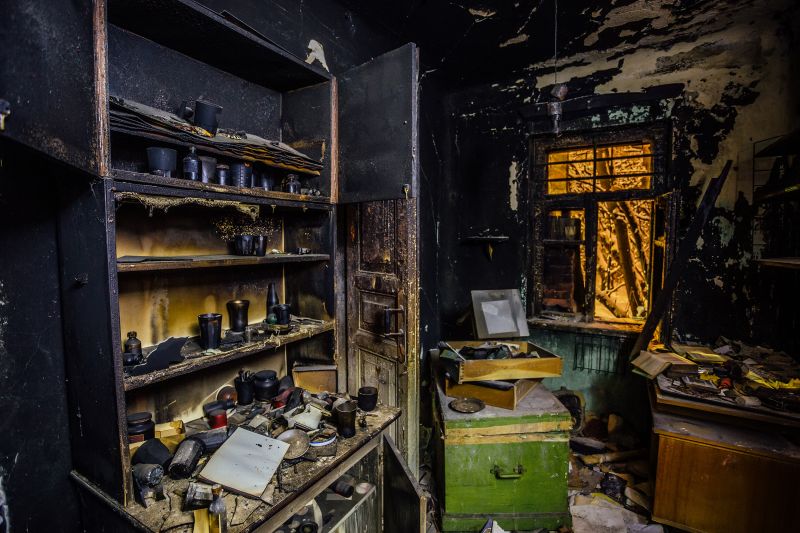
Specialized cleaning to eliminate residues and odors from fire damage.
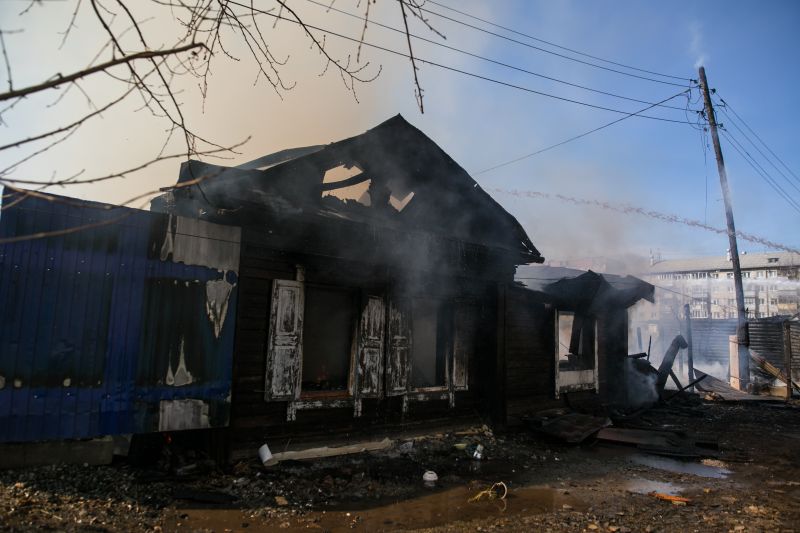
Restoring compromised structures to ensure safety and stability.
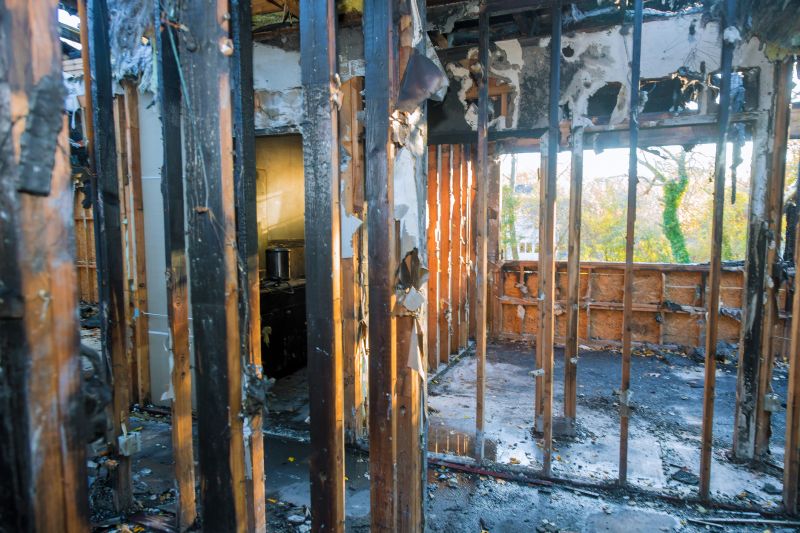
Ways to make Fire Restorations work in tight or awkward layouts.

Popular materials for Fire Restorations and why they hold up over time.
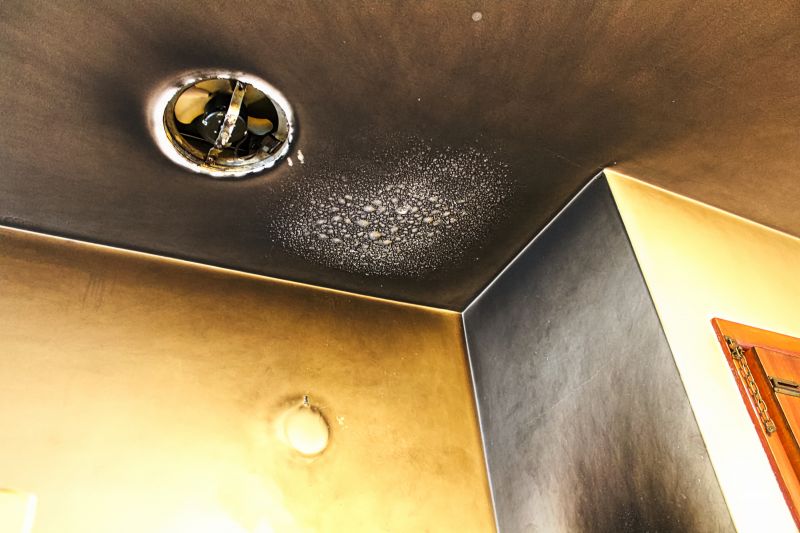
Simple add-ons that improve Fire Restorations without blowing the budget.
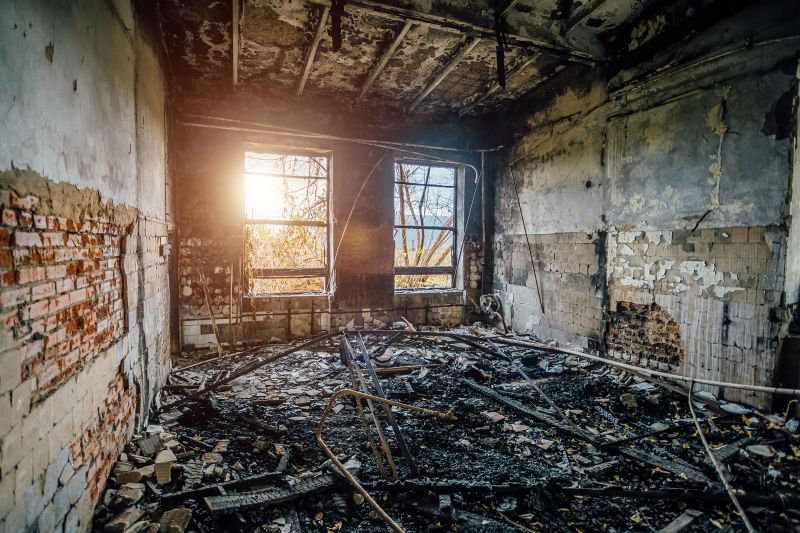
High-end options that actually feel worth it for Fire Restorations.
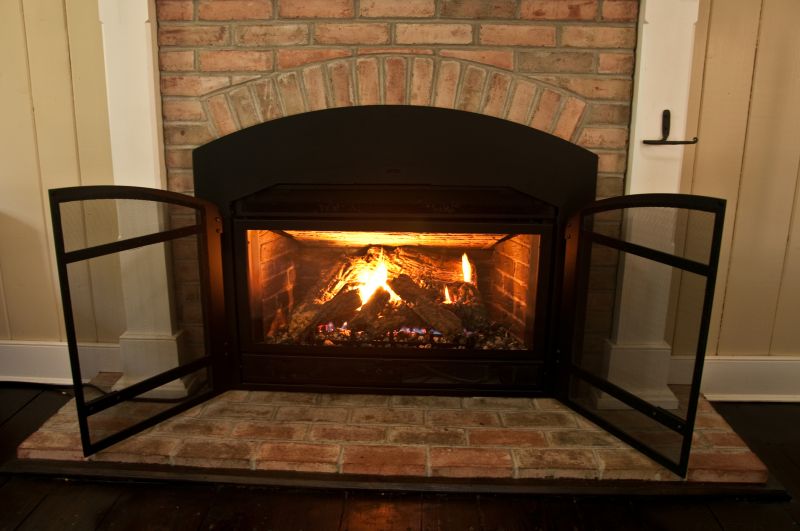
Finishes and colors that play nicely with Fire Restorations.
Fire restorations involve a comprehensive process of cleaning, repairing, and restoring properties affected by fire damage. This includes removing smoke and soot residues, repairing structural elements, and addressing water damage caused during firefighting efforts. Proper timing ensures that restorations are completed efficiently and effectively, minimizing the impact on property occupants.

Advanced techniques to eliminate smoke odors and residues.
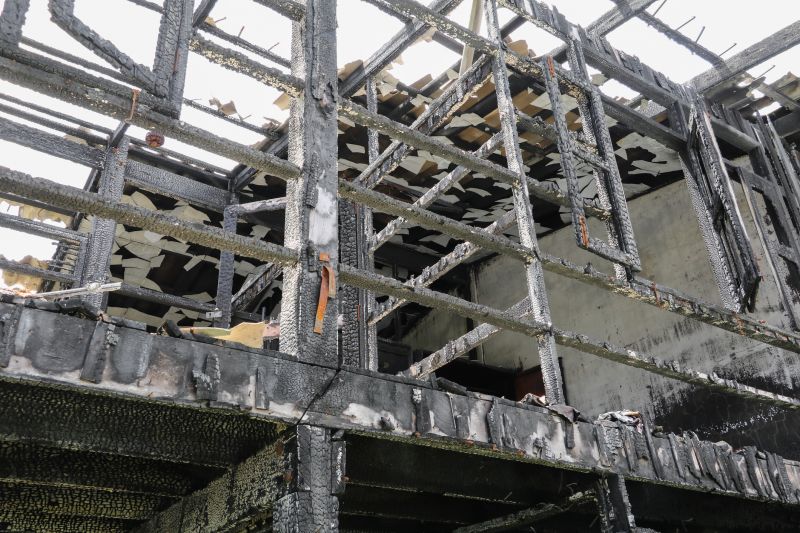
Rebuilding and repairing damaged frameworks and surfaces.
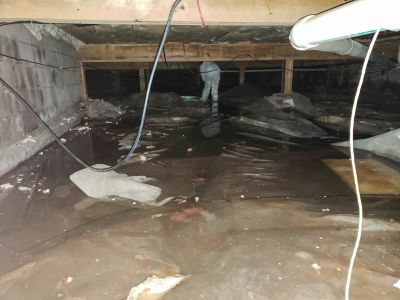
Drying and restoring areas affected by firefighting efforts.
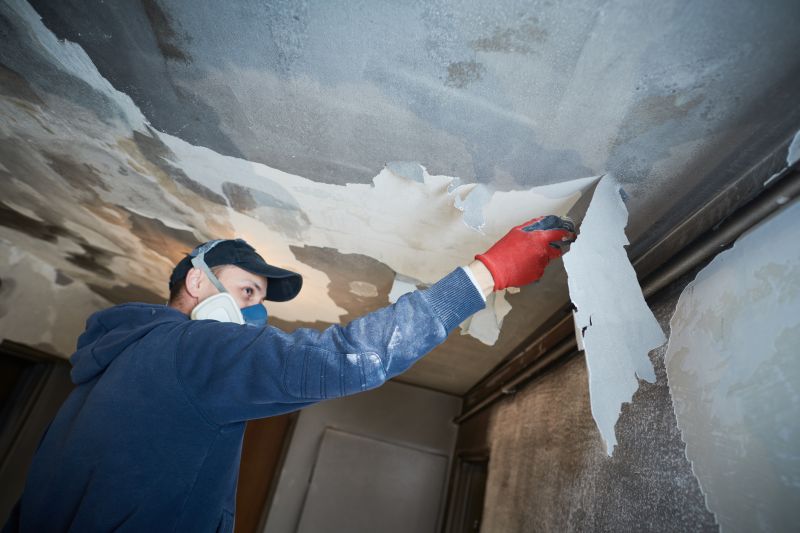
Ensuring all restoration work meets safety and quality standards.
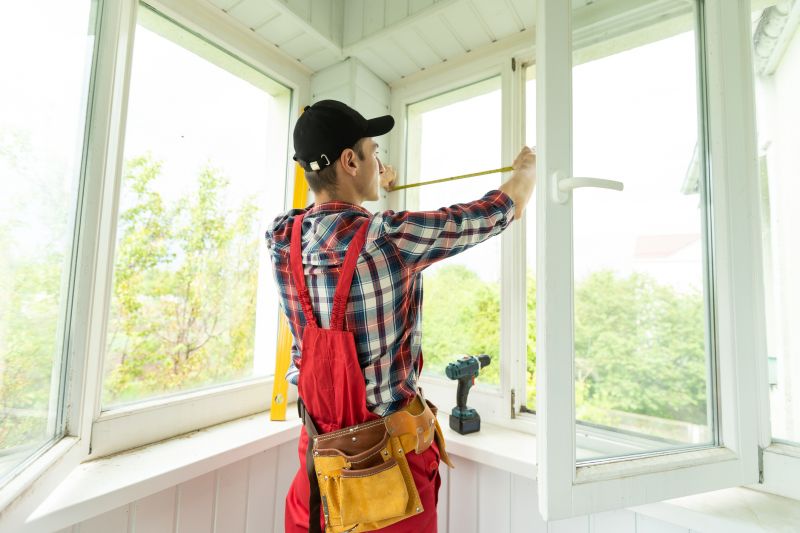
Little measurements that prevent headaches on Fire Restorations day.

A 60-second routine that keeps Fire Restorations looking new.

A frequent mistake in Fire Restorations and how to dodge it.

Small tweaks to make Fire Restorations safer and easier to use.
| Aspect | Details |
|---|---|
| Optimal Seasons | Late spring and early fall |
| Weather Conditions | Dry, stable, moderate temperatures |
| Impact of Timing | Faster completion and reduced risk of delays |
| Cost Factors | Potential savings during off-peak seasons |
| Environmental Considerations | Minimized material warping and damage |
| Preparation Time | Allows for thorough planning before restoration |
| Safety | Improved working conditions for crews |
| Damage Progression | Delaying restoration can lead to increased deterioration |
Understanding the best timing for fire restorations can significantly influence the effectiveness and efficiency of the process. Planning restorations during favorable weather conditions reduces risks and enhances safety. Proper scheduling can also help manage costs and ensure that repairs meet safety standards.
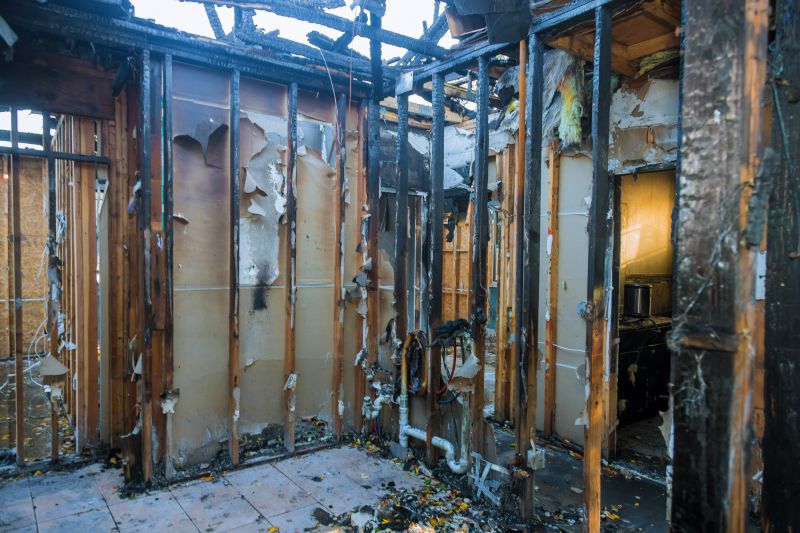
Visual overview of fire-affected properties.
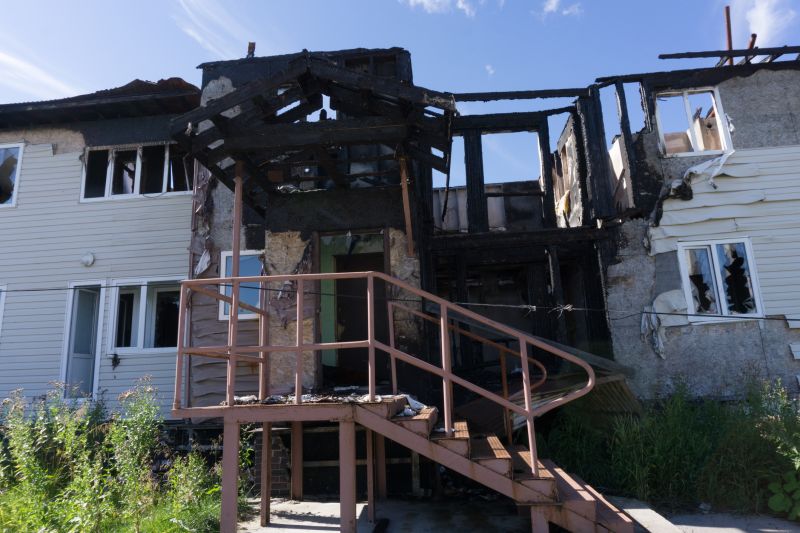
Steps involved in restoring a fire-damaged structure.
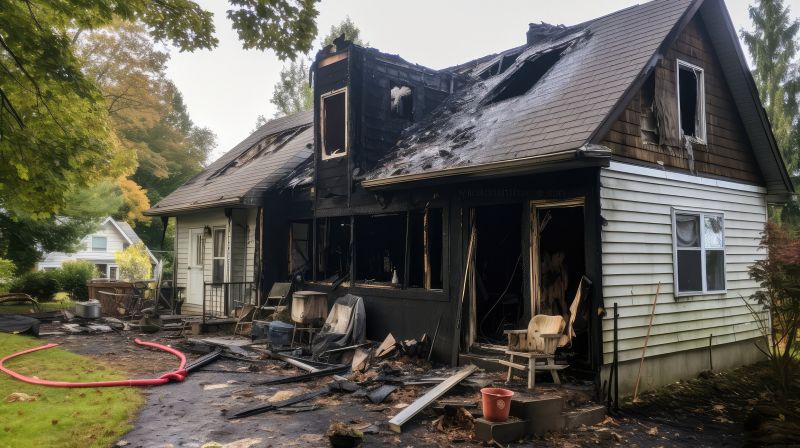
Completed restoration showcasing quality work.
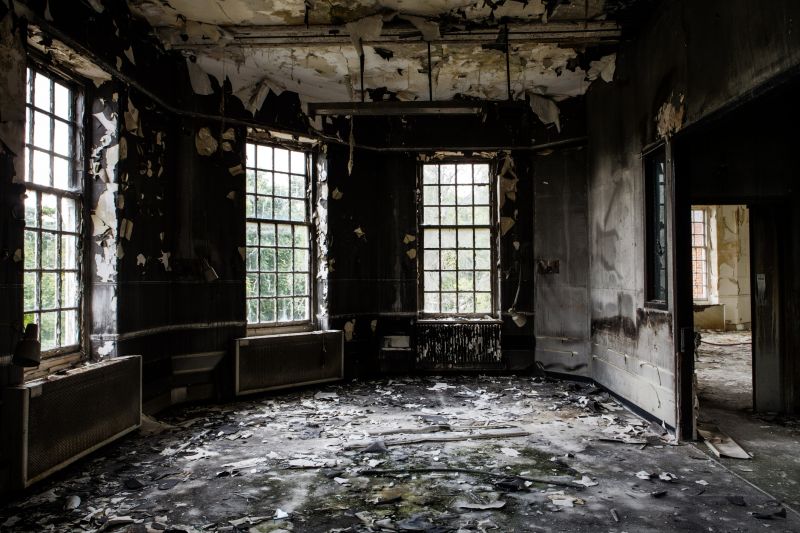
Lower-waste or water-saving choices for Fire Restorations.
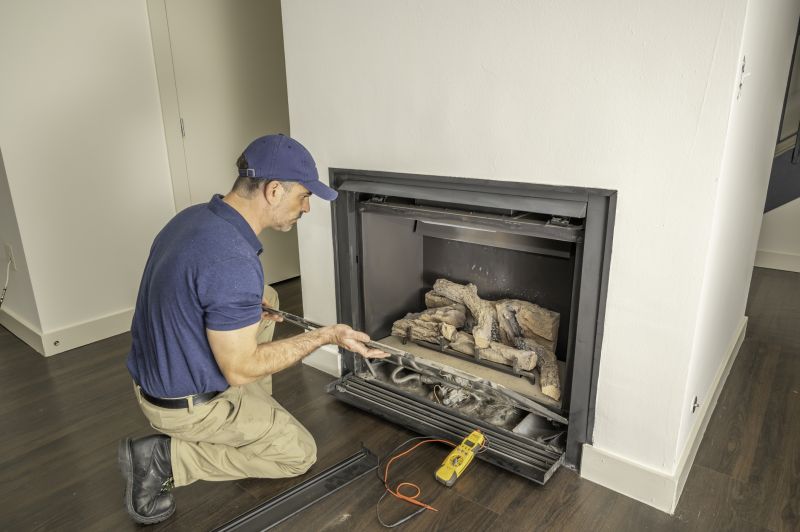
The short, realistic tool list for quality Fire Restorations.
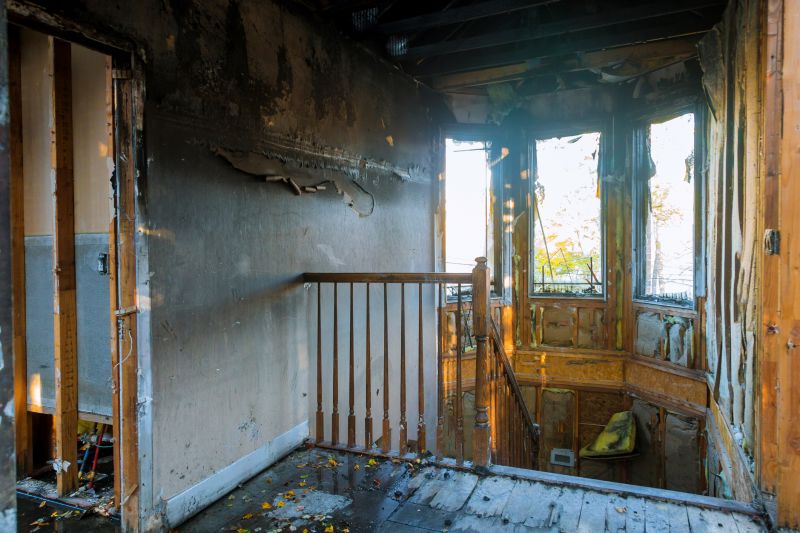
Rough timing from prep to clean-up for Fire Restorations.
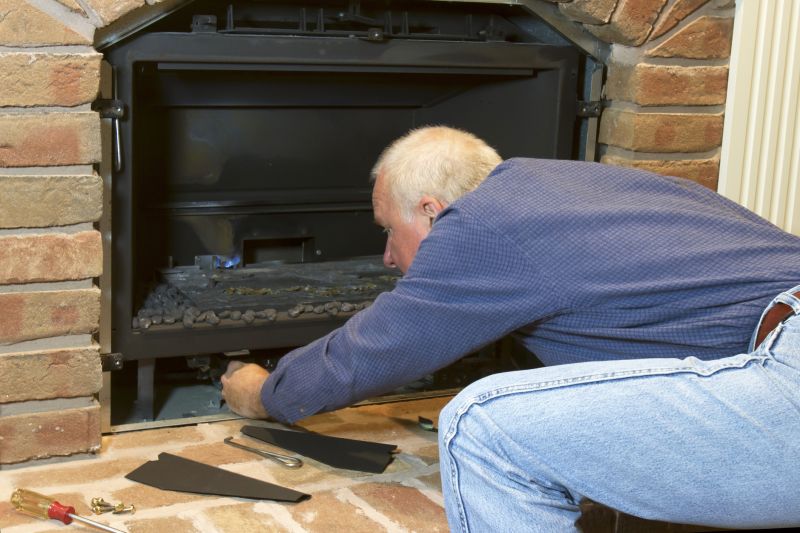
Quick checks and paperwork to keep after Fire Restorations.
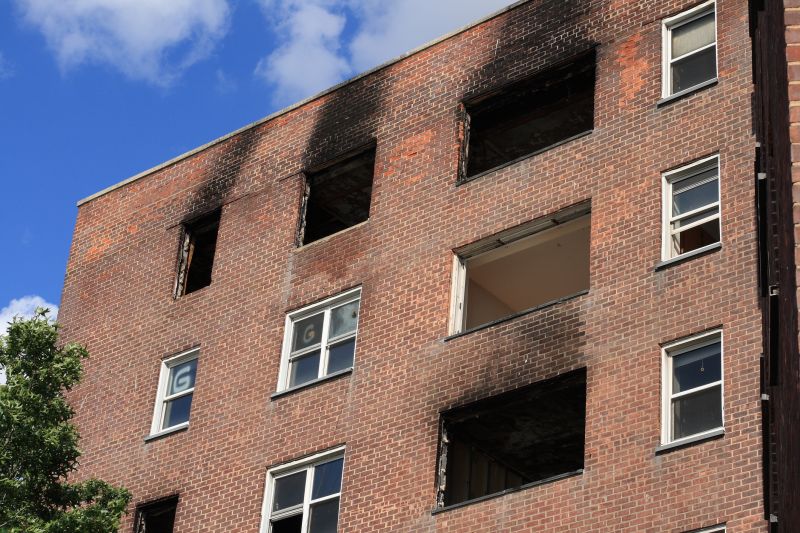
Examples that show the impact a good Fire Restorations can make.
For property owners in Littleton, Colorado, selecting the appropriate timing for fire restorations can lead to more efficient repairs and better outcomes. Contact a restoration professional to discuss scheduling options and ensure the property is restored safely and effectively.

